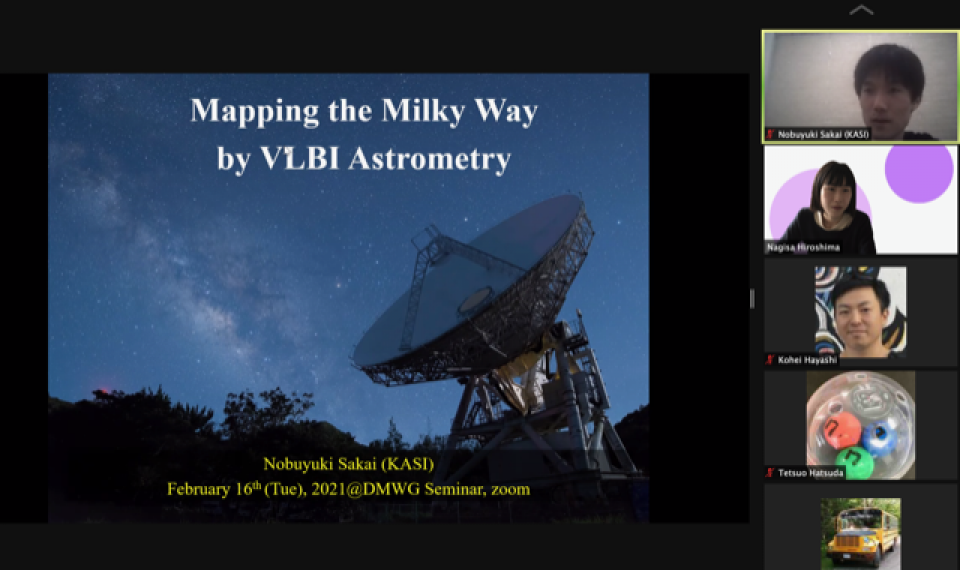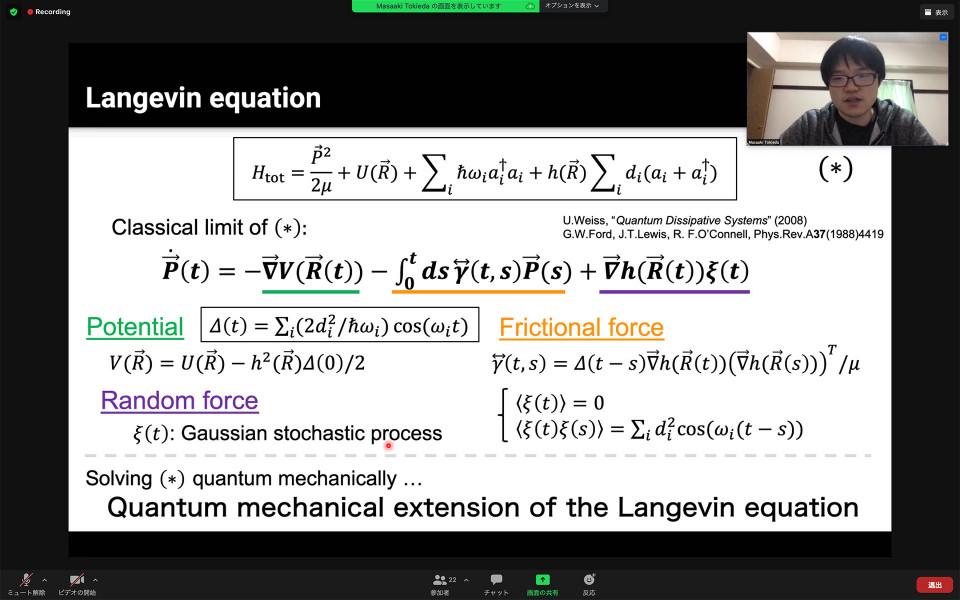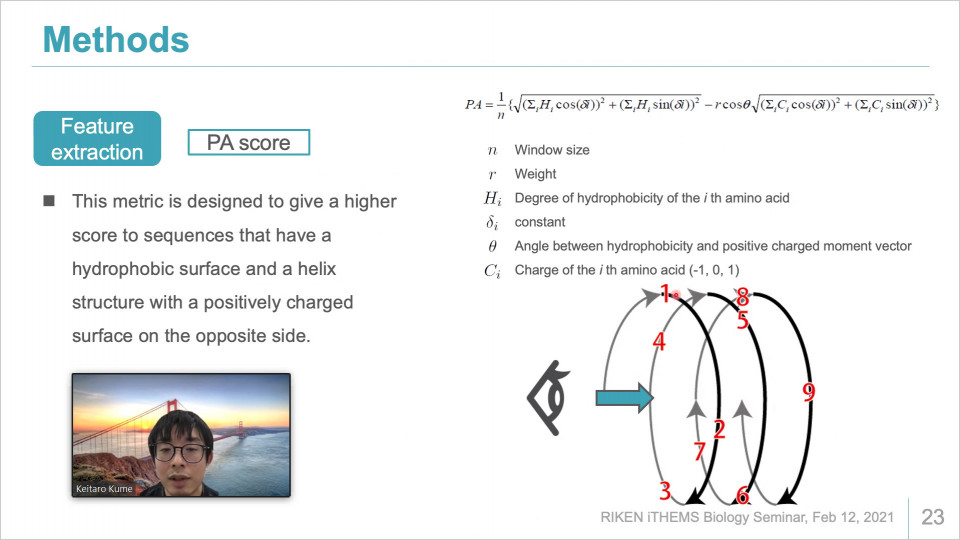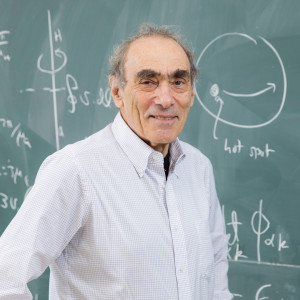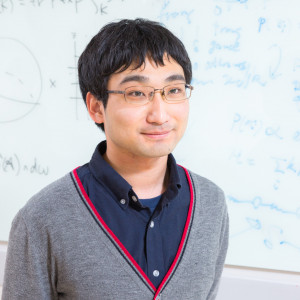Volume 138
Back to Newsletter List
Seminar Report
DMWG Seminar by Dr. Sakai: Astrometory for DM search
2021-02-17
The precise understanding of the local DM density, as well as its velocity distribution, is critical for dark matter (DM) search, especially for direct detection experiments. We need information about the global structure such as the position and rotation velocity of the Solar system when evaluating these quantities. Astrometry, which is a technique to measure the time dependence of the position of stars, powerfully probes the 3D gravitational structure of our Galaxy.
There are two types of astrometric observations: the first one is based on optical (and infrared) photometry. The parallax is obtained by comparing two snapshots of the sky between two epochs. The Gaia mission is the representative for this kind of observation. Gaia reveals the structure of our Galaxy up to ~5kpc from the Sun. The mission is planned to continue the observation to extend our reach to ~10kpc, meaning that it should cover the Galactic Center in the near future. The second one is the VLBI observation. VLBI is an abbreviation of the very-long baseline interferometry. The spatial resolution of milli-arcsecond is achieved with VLBI techniques. However, the sensitivity is limited and long-lasting observations are required in general. In this sense, VLBI and optical photometry are complemental.
One important discovery for DM search from VLBI astrometry is reported in this seminar. The VLBI observation of the Galactic disk region reveals the position of the Sun is closer to the Galactic Center compared to the conventional values used for a long time, and the rotation velocity is higher. This means that our Galaxy is heavier, i.e. contains much DM, and the relative velocity between DM particle and us is different, compared with the previous estimates. Also, the disk region does not reach the equilibrium yet. These facts should change the picture of our Galactic DM structure.
New facilities for astrometric observations are now being planned and constructed. There are diverse possibilities for the synergy between DM search. The astrometry should give important indications such as the merger history of DM halo, dynamical interaction between the Milky Way and its satellite galaxies, the global structure of the Milky Way, and far more. We should stay tuned!
Mapping the Milky Way by VLBI Astrometry
February 16 (Tue) 13:30 - 15:00, 2021
Seminar Report
iTHEMS Theoretical Physics Seminar by Mr. Masaaki Tokieda on February 16, 2021
2021-02-17
On February 16, the iTHEMS-phys seminar entitled "Quantum mechanical description of energy dissipation and application to heavy-ion fusion reactions" given by Mr. Masaaki Tokieda (Tohoku U.) was held. He introduced his work during graduate school, that is, considering dissipation and fluctuation to the quantum mechanics to unify the description of above the Coulomb barrier and sub-barrier reactions. He also applied the method to heavy-ion fusion reactions.
The seminar was held via the Zoom online conference systems. More than 20 people, including outside from iTHEMS, attended the seminar. The discussion was quite lively, and it was continued for long, even after the seminar.
Quantum mechanical description of energy dissipation and application to heavy-ion fusion reactions
February 16 (Tue) 13:00 - 14:30, 2021
Seminar Report
Biology Seminar by Dr. Keitaro Kume on February 12, 2021
2021-02-15
In iTHEMS biology seminar on February 12, Keitaro Kume (Univ. of Tsukuba) gave us a talk about applying machine learning to the analysis of non-model organisms that are difficult to experiment with. First, Dr Kume introduced us about the brief mitochondrial evolution and several eukaryotes possessed not typical mitochondria as like Mitochondrion related organelle (MRO) which is highly degraded mitochondria. Next, he described the detection of mitochondrial localization signals and their applications, explaining that it is difficult to detect localization signals in mitochondria of non-model organisms, especially MROs. Finally, He obtained a large amount of data on MRO-localized proteins in non-model organisms, and through machine learning using the data as training data, he created a detector that can detect MRO-localized signals in such non-model organisms. He presented a good example of the connection between biological evolutionary research and machine learning, which led to a lively discussion at the seminar. Thank you very much, Kei!
A machine learning approach for prediction of mitochondrial proteins in non-model organisms
February 12 (Fri) 10:00 - 11:00, 2021
Upcoming Events
Seminar
ABBL-iTHEMS Joint Astro Seminar
The Evolution of Primordial Neutrino Helicities under Gravitational and Magnetic Fields and Implications for their Detection
February 22 (Mon) 10:00 - 11:30, 2021
Gordon Baym (Senior Visiting Scientist, RIKEN Interdisciplinary Theoretical and Mathematical Sciences Program (iTHEMS) / Professor Emeritus, University of Illinois, USA)
Feb.22 (Mon) 10:00am-11:30am (JST)
Primordial neutrinos decoupled in the early universe in helicity eigenstates. As I will discuss, two effects -- dependent on neutrinos having a non-zero mass -- can modify their helicities as they propagate through the cosmos. First, finite mass neutrinos have a magnetic moment and thus their spins, but not their momenta, precess in cosmic and galactic magnetic fields. The second is the propagation of neutrinos past cosmic matter density fluctuations, which bend their momenta, and bend their spins by a smaller amount. (The latter is a general relativistic effect.) Both effects turn a fraction of left-handed neutrinos into right-handed neutrinos, and right-handed antineutrinos into left-handed. If neutrino magnetic moments approach that suggested by the XENON1T experiment as a possible explanation of their excess of low energy electron events -- a value well beyond the moment predicted by the standard model -- helicities of relic Dirac (but not Majorana) neutrinos could be considerably randomized. I finally will discuss the implications of neutrino helicity rotation, as well as their Dirac vs. Majorana nature, on their detection rates via the Inverse Tritium Beta Decay reaction.
Reference
Venue: via Online
Event Official Language: English
Seminar
iTHEMS Biology Seminar
Origin of non-linearity of large deformation on DNA stretched
February 25 (Thu) 10:00 - 11:00, 2021
Hiroshi Yokota (Postdoctoral Researcher, RIKEN Interdisciplinary Theoretical and Mathematical Sciences Program (iTHEMS))
Since DNA in a cell is mechanically stretched or rotated by many proteins, the mechanical response of DNA in vitro is expected to be basic point for understanding its behavior. When DNA is stretched by relatively high force, the length of DNA shows the nonlinear response. In this talk, I introduce the theoretical treatment of DNA stretching in high force region based on polymer physics.
Venue: via Zoom
Event Official Language: English
If you would like to cancel your subscription or change your email address,
please let us know via our contact form.
Copyright © iTHEMS, RIKEN. All rights reserved.


